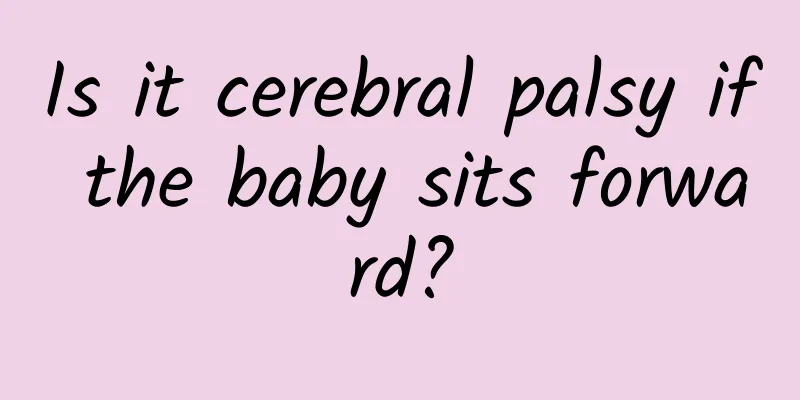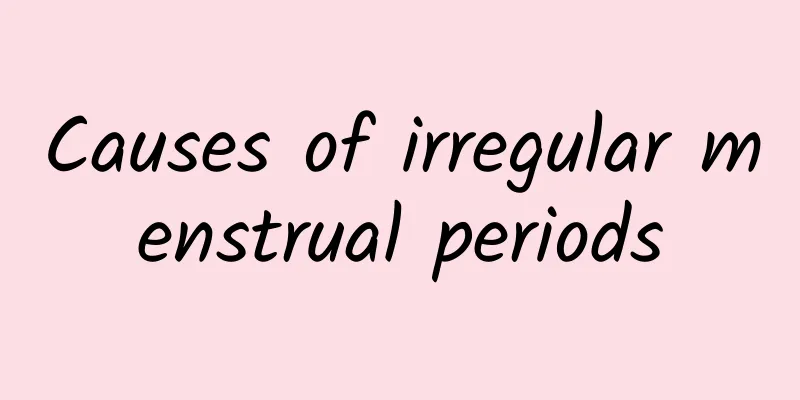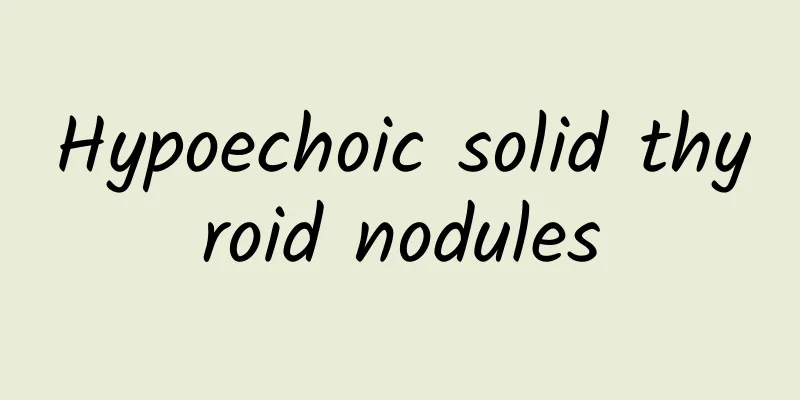Is it cerebral palsy if the baby sits forward?

|
A baby's forward sitting position does not necessarily mean he has cerebral palsy. Parents should also observe whether the child has other symptoms at this time. If the child has some abnormal behavior, the parent should take the child to the hospital for appropriate examination in time. We know that cerebral palsy is a relatively serious brain disease of newborns, which has a huge impact on the child's future life and work, and it will also bring a heavy burden to the family. What is cerebral palsy? Cerebral palsy refers to a syndrome caused by brain damage due to certain reasons before birth, during birth, or in early infancy. The main manifestations are central movement disorders and abnormal postures, which may be accompanied by mental retardation and seizures, abnormal behavior, sensory disorders and other abnormalities. Although clinical symptoms may change with age and brain maturation, movement disorders and abnormal posture may become more obvious if timely rehabilitation treatment is not carried out. Hemiplegic posture In the case of hemiplegia, the child most often shows movement of one side of the limbs while the other side is disabled, and there is obvious asymmetry between the left and right limbs. Opisthotonos Children with this posture show increased muscle tone in the limbs and dorsiflexion of the head. Ataxic gait This type of manifestation takes the form of a drunkard's gait, which means that they are often unable to maintain a fixed posture. For example, if they are standing, they must constantly adjust their posture in order to maintain it. Dance-like athetosis posture Children with this posture show involuntary movements, and the movements are often in the form of dancing or twisting, without interruption. Moreover, the movement appears to be continuous and loose, with large amplitude and uncontrollable. other Other manifestations include the child's hands still being clenched into fists after 2 months, the child's upper limbs being in internal rotation, and the lower limbs being rigidly extended, crossed, and pointed toes. Some children do not show obvious abnormal posture when they are at rest. However, when the examiner suddenly holds the child's armpits and lets the soles of their feet rest on the bed, it can be found that the child's lower limbs are adducted and crossed, while both upper limbs are adducted and internally rotated. If a child over 6 months old cannot assume a normal sitting posture and also shows special abnormal sitting postures, such as leaning forward or leaning backward, these are all abnormal. |
<<: Is it cerebral palsy if a newborn is easily startled?
>>: Six signs of cerebral palsy in babies
Recommend
Traditional Chinese Medicine explains the timeline of the rise and fall of the five internal organs
The five internal organs of the human body are th...
What are the side effects of femtosecond surgery?
The number of myopic people is growing, and the t...
Clogged pores on thighs
The more oily and moist the human body is, the mo...
The efficacy and function of boiling peanut shells in water
The benefits and effects of boiling peanut shells...
How to do lumbar spine exercises
Nowadays, people are always used to sitting in fr...
Can moxibustion cure enteritis?
We all know that Chinese medicine moxibustion is ...
Does Maca irritate the stomach?
Maca is a food with very rich nutritional value. ...
The efficacy and function of mugwort soup
Mugwort, a Chinese medicinal herb, is very common...
The efficacy and function of rabbit milk grass
Another name for rabbit milk grass is water brocc...
What should I do if there is dampness and toxins in my body?
The so-called dampness and toxicity does not mean...
What are the measures to prevent infectious diseases in spring?
Spring is a season with more infectious diseases....
How can I relieve angina pectoris?
Angina pectoris is a sudden disease. Angina pecto...
Can teeth cleaning completely remove tartar?
Nowadays, many children and teenagers have tartar...
What are the treatment methods for fever 39 in the middle of the night?
Fever is what we call heat. Although fever is com...
Little tips for maintaining your ovaries, don’t say you don’t know any of them!
Some people say that women have two gardens: one ...









